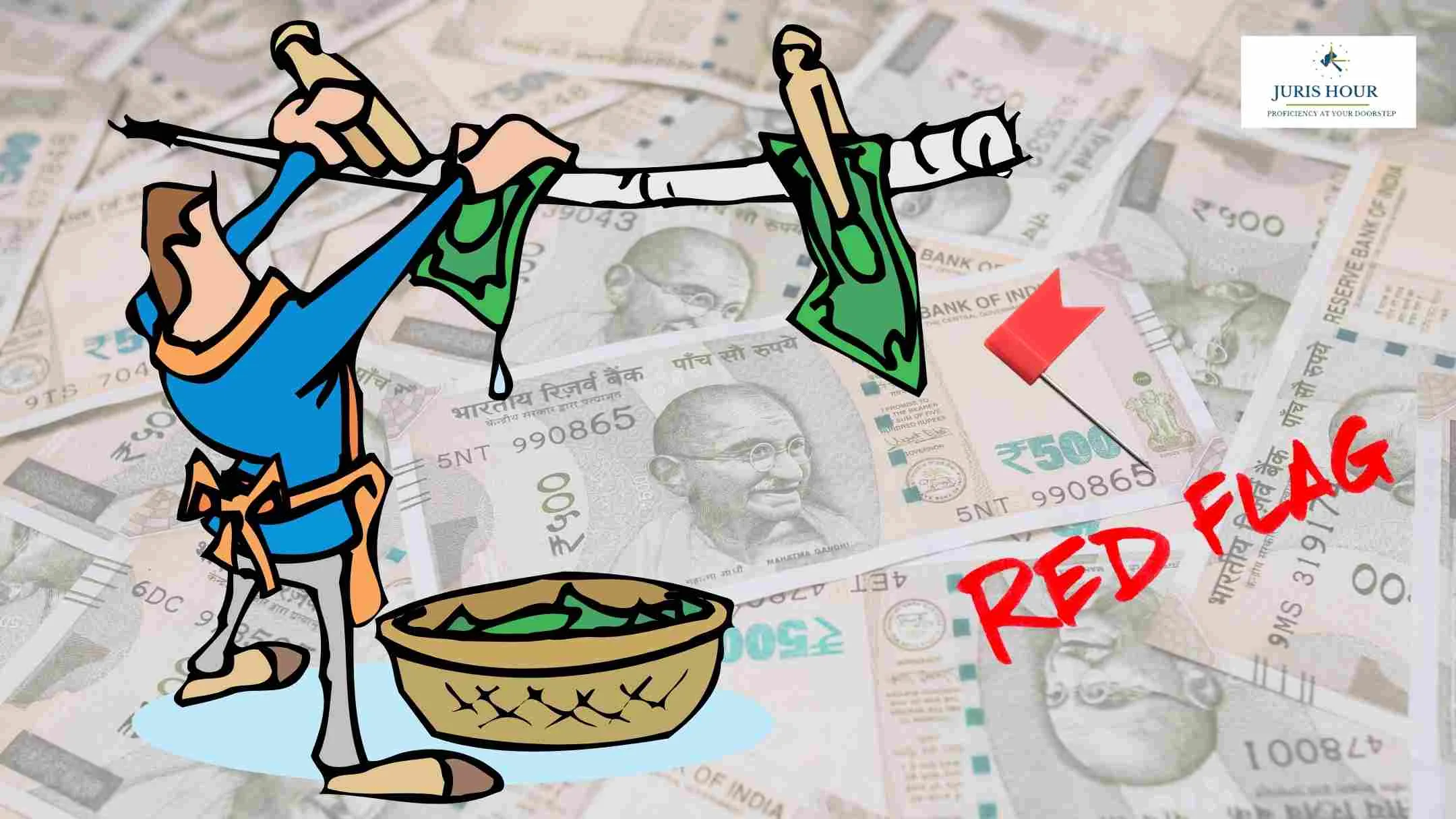As financial crimes grow increasingly sophisticated, Indian regulators and enforcement agencies have heightened their vigilance against money laundering activities. With the Prevention of Money Laundering Act (PMLA), 2002 serving as the legal backbone, institutions are required to maintain rigorous compliance systems and report suspicious transactions. Despite this, the web of illicit money movement continues to pose significant risks to India’s financial ecosystem.
Financial institutions, real estate companies, stock brokers, and even casinos have been identified as vulnerable sectors. The Reserve Bank of India (RBI), Securities and Exchange Board of India (SEBI), and the Financial Intelligence Unit-India (FIU-IND) are working in tandem to detect and investigate such offenses. Below are the major red flags and typologies that may indicate money laundering in India.
1. Structuring Transactions to Avoid Reporting Thresholds
One of the most common red flags is “structuring” – breaking down large cash transactions into smaller ones to avoid detection. As per RBI guidelines, banks must report:
- Cash deposits above ₹10 lakh (in one transaction or series)
- Suspicious transactions, regardless of the amount
When accounts show repeated deposits just below ₹10 lakh or ₹50,000 (for KYC threshold), it is often flagged as suspicious.
2. Sudden or Unexplained Wealth
A spike in account balances without a clear source of funds is a classic indicator. For instance, salaried individuals suddenly receiving multiple high-value transfers, or shell companies showing profits without real operations, have drawn regulatory scrutiny.
In 2023, ED unearthed a ₹600 crore laundering racket involving several Mumbai-based firms with no genuine business activity.
3. Use of Shell Companies or Layered Ownership Structures
The use of shell companies with obscure ownership is another red flag. Criminals route money through a network of front entities to disguise its origin. These entities often exist only on paper and have:
- No real office
- Dummy directors
- Minimal or no employees
The use of multi-layered ownership, especially involving offshore jurisdictions like the British Virgin Islands, Dubai, or Singapore, is under high scrutiny.
4. High-Value Cash Transactions in Real Estate
Real estate remains a favored avenue for laundering black money. Common indicators include:
- Undervaluation of property in registry versus actual cash paid
- Frequent buying/selling of property at inflated prices
- Use of third-party buyers or power-of-attorney transactions
Government crackdowns on Benami properties and Aadhaar-PAN linkage have helped expose such anomalies.
5. Transactions Inconsistent With Client Profile
A mismatch between the customer’s stated occupation and transaction behavior is a key flag. For example:
- A student or retired person handling large international wire transfers
- Agricultural income-declared individuals involved in high-volume share trading
- NGOs receiving foreign donations diverted to personal accounts
RBI has directed banks to use behavioral analytics to monitor such irregularities.
6. Use of Cryptocurrency and Digital Assets
Though still loosely regulated, the use of crypto wallets and virtual currencies to obscure funds has grown. In 2024, the ED traced illegal betting proceeds worth ₹5,000 crore funneled through crypto exchanges and DeFi platforms.
SEBI and FIU have since mandated increased reporting obligations for Virtual Digital Asset (VDA) platforms.
7. Trade-Based Money Laundering (TBML)
TBML involves manipulating invoices to move illicit funds under the guise of legitimate trade. Signs include:
- Over- or under-invoicing of goods
- Phantom shipments
- Repeated transactions with no economic rationale
In a recent crackdown, customs and DRI unearthed a Delhi-based firm importing low-value electronic parts and declaring them at 10 times their value to siphon funds abroad.
8. Cash-Intensive Businesses as Fronts
Businesses like jewellery stores, restaurants, and logistics firms are sometimes used to mix illicit funds with legitimate earnings. Frequent cash deposits without proportionate business revenue, or layering through multiple accounts, is a telltale sign.
9. Use of Politically Exposed Persons (PEPs) and Fronts
High-risk customers such as PEPs often need enhanced due diligence. Launderers may use associates or relatives of politically exposed individuals to obscure beneficial ownership.
10. Rapid Movement of Funds Through Multiple Banks
A trail of quick, back-to-back transactions across multiple accounts and banks is a technique used to launder money. If funds are credited and debited within hours with no business logic, the FIU alerts banks to flag such behavior.
Regulatory and Enforcement Measures
To combat these red flags, Indian authorities have enforced the following:
- KYC & Customer Due Diligence (CDD): Mandatory for all financial institutions.
- Suspicious Transaction Reports (STRs): Must be filed to FIU-IND by banks and intermediaries.
- Action Against Non-Compliance: Several private banks, fintechs, and cooperative institutions have faced penalties for lax AML controls.
- International Cooperation: India works with FATF, INTERPOL, and other agencies to track global laundering networks.
Conclusion
Money laundering poses a systemic threat to India’s economy, financial institutions, and national security. While technological surveillance and enforcement have improved, criminals continue to exploit gaps using novel methods. A concerted effort by financial entities, regulators, and citizens is essential to detect and deter this invisible crime.
Read More: How to Withdraw Money from a Credit Card Without Fees in India?

